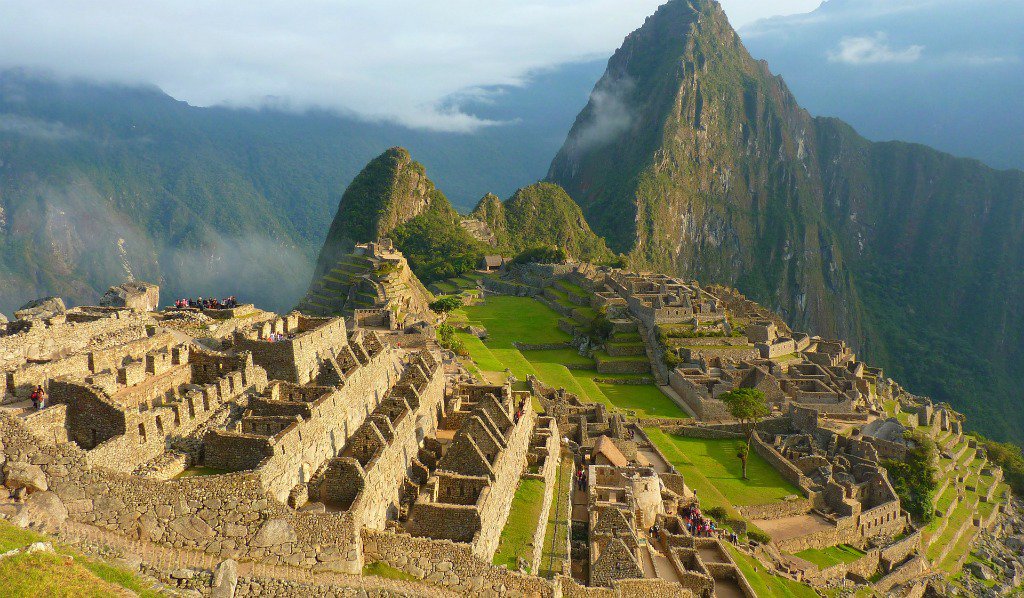
They're over 3,000 years old, and we still don't have a good idea as to how they were built or how the Egyptians made them so precise (were aliens involved?). The three pyramids align to the stars and the solstices and contain tons of chambers that still haven't been (and cannot be) opened. I mean, how did they create those little chambers where people can't even crawl through? The largest one, called the Great Pyramid, was built by the Pharaoh Khufu and has limited access to it. The Pyramids are truly a marvel of human engineering that was fit for kings. (You will also find the Sphinx nearby, another historical site whose mysteries baffle researchers and are the subject of many conspiracy theories.)



